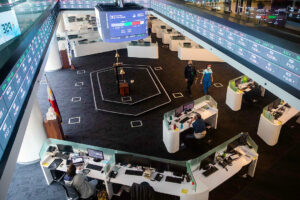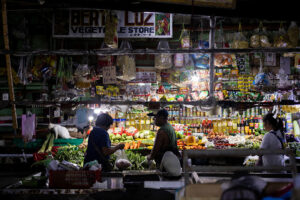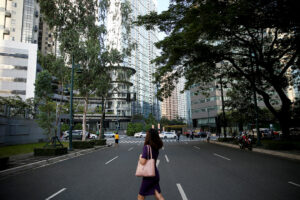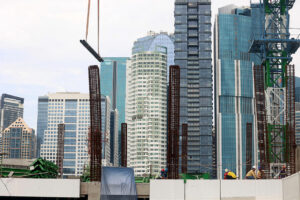Headline inflation may have slightly picked up in June as stable food prices helped offset the spike in fuel prices, analysts said.
A BusinessWorld poll of 17 analysts yielded a median estimate of 1.5% for June inflation, accelerating from the 1.3% in May but still below the Bangko Sentral ng Pilipinas’ (BSP) 2-4% target range.
If realized, this would be the fastest clip in three months or since the 1.8% in March. However, it would be slower than the 3.7% print in June 2024.

The Bangko Sentral ng Pilipinas (BSP) will release its month-ahead inflation forecast for June on Monday, June 30.
The June inflation data will be released by the Philippine Statistics Authority (PSA) on July 4.
Maybank Investment Banking Group Economics Research gave a June inflation forecast of 1.5%, citing a slower rise in food and power costs.
“Factors include sustained low inflation in key groups such as food and electricity which may offset some upside pressures from the increase in fuel cost in the last two weeks of the month due to rise in global fuel prices given the escalation in the Middle East conflict,” Maybank said.
Moody’s Analytics economist Sarah Tan, who expects inflation to have settled at 1.4% in June, said inflation in the food basket likely remained stable, “supported by a modest decline in rice prices.”
The PSA reported that rice prices declined further in June with regular milled rice averaging PHP 42.77 per kilo from the PHP 43.32 per kilo in mid-May.
“Our food-price tracker suggests that food inflation fell further — close to zero — but this should be offset fully by a temporary rebound in housing and utilities inflation to over 3%,” Pantheon Macroeconomics Chief Emerging Asia Economist Miguel Chanco said.
Aris D. Dacanay, an economist for ASEAN at HSBC Global Research, noted that electricity rates in Metro Manila declined by 0.9% month on month in June due to lower generation charges.
Manila Electric Co. (Meralco) cut the overall rate by P0.1076 per kilowatt-hour (kWh) to PHP 12.1552 per kWh in June from PHP 12.2628 per kWh in the previous month. Generation charges fell by 0.9% to PHP 7.3552 per kilowatt-hour (kWh) from May.
“We expect June inflation to settle at 1.6% yoy (year on year), up roughly 0.2% from the previous month. Electricity prices as well as cost of select non-rice food items delivered upside pressure to inflation,” Nicholas Antonio T. Mapa, chief economist at Metropolitan Bank & Trust Co., said.
Chinabank Research said inflation likely quickened due to higher pump prices, as well as rising costs of meat, vegetables, and education-related expenses at the start of the new school year.
Fuel price spike
Ms. Tan said the spike in fuel prices triggered by the conflict in the Middle East may have put upward pressure on the utilities basket.
In June, pump price adjustments stood at a net increase of PHP 6.3 a liter for gasoline, PHP 8.25 a liter for diesel and PHP 6.5 a liter for kerosene.
“Retail gas prices surged 3% day-to-day on June 17 as a reaction to rising tensions between Iran and Israel, only to have slightly moderated in the tail-end of the month when tensions de-escalated,” Mr. Dacanay said.
Reuters on Friday reported that oil prices were set for their steepest weekly decline since March 2023, as the absence of significant supply disruption from the Iran-Israel conflict saw any risk premium evaporate.
“While global oil prices have eased following the ceasefire between Israel and Iran, the risk of renewed conflict remains and could drive prices higher again. Still, inflationary pressures may be tempered by declining rice prices,” Chinabank Research said.
ING Philippines said the increase in domestic pump prices “should be temporary” with prices expected to decline in July.
Rate cut outlook
Bank of the Philippine Islands Lead Economist Emilio S. Neri, Jr. said inflation may start accelerating by September as “favorable base from rice will fade by then.”
“Headline prints will likely remain within BSP target which could allow them to cut once more before the end of 2025,” Mr. Neri said.
The Monetary Board delivered a second straight 25-basis-point (bp) cut at its June 19 meeting, bringing its policy rate to 5.25% amid a benign inflation outlook and slowing economic growth.
BSP Governor Eli M. Remolona, Jr. also signaled they could deliver one more 25-bp cut this year.
The BSP slashed its inflation forecast to 1.6% for this year from 2.4%. It also expects inflation to settle at 3.4% for 2026 and 3.3% for 2027.
Security Bank Corp. Vice-President and Research Division Head Angelo B. Taningco said he expects inflation to be contained for the rest of the year, with his full-year forecast at 1.9%.
“Upside risks to our inflation outlook include global oil price shock triggered by resurgence of Israel-Iran conflict. We still expect a manageable inflation environment and another quarter-point policy rate cut by the BSP before the year ends,” Mr. Taningco said.
Ruben Carlo O. Asuncion, chief economist at Union Bank of the Philippines (UnionBank), said he expects inflation to gradually rise to 2% by September and to end the year at 2.5%.
“We anticipate the BSP will continue its policy easing cycle, likely delivering a final 25-bp rate cut in October. This move would allow the central bank to assess the cumulative impact of its earlier rate adjustments while maintaining a supportive stance for growth,” Mr. Asuncion said.
Ms. Tan said the conflict in the Middle East could lead to sustained elevated global oil prices, which may mean higher domestic fuel and utility costs.
The Philippines, a net oil importer, is particularly vulnerable to global oil prices.
“Should these risks materialize, they could constrain the BSP’s scope for further policy easing, particularly if second-round effects begin to build. That said, in the absence of persistent supply shocks, inflation should stay within target,” Ms. Tan said.
For the full year, Moody’s inflation forecast stood at 2.2%.
For his part, Mr. Chanco said he sees ample room and an “urgent need” for two additional 25-bp rate cuts.
The Monetary Board’s remaining policy meetings this year are scheduled for Aug. 28, Oct. 9, and Dec. 11. — Aubrey Rose A. Inosante






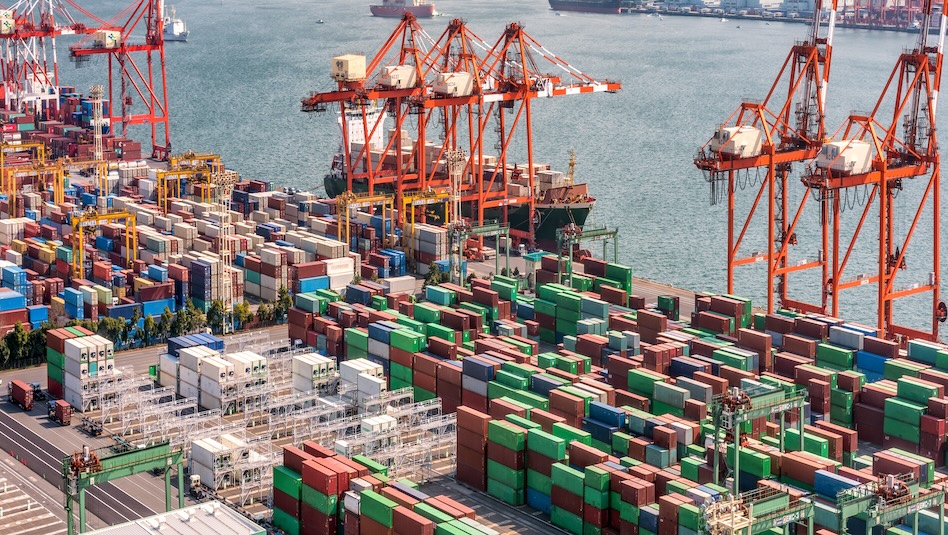
 DOWNLOAD
DOWNLOAD




